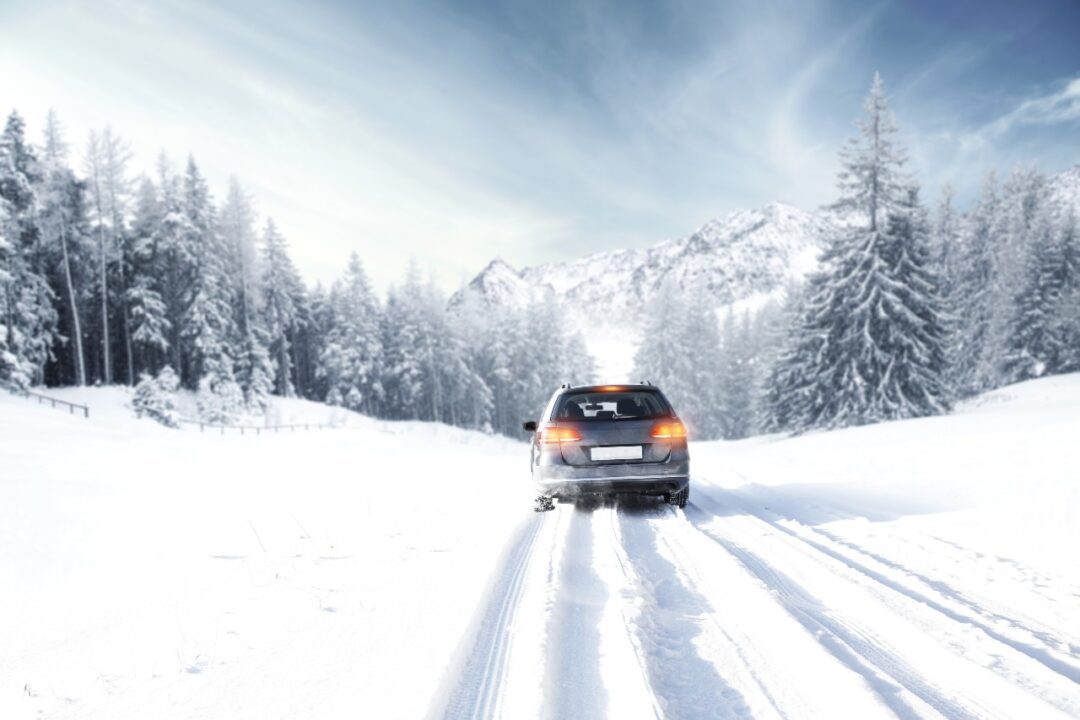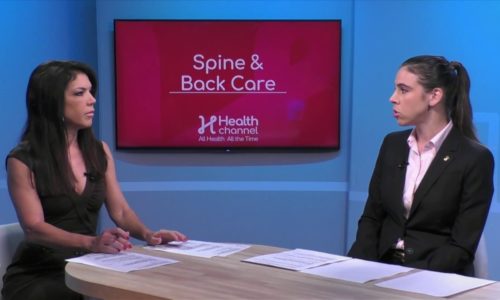What are some tips for driving safely in inclement weather? |

Statistics indicate that of the more than 6 million vehicle crashes each year, 24% are weather-related. Weather-related crashes are defined as those that occur in adverse weather (i.e., rain, sleet, snow, and/or fog) or on slick pavement (i.e., wet pavement, snowy/slushy pavement, or icy pavement). Data compiled by the National Highway Traffic Safety Administration (NHTSA) indicates that on average, 7,130 people are killed and over 629,000 people are injured in weather-related crashes each year.
A large percentage of the U.S. population faces winter driving condition each year. Over 70 percent of the nation’s roads are located in snowy regions that receive more than five inches average snowfall annually. Additionally, many people travel from warmer to colder climates each winter for business or pleasure. It pays to have knowledge of the special challenges posed by winter driving and to be prepared for the unexpected.
Here are some of the most important tips for safe winter driving:
- Slow down. Allow extra time to reach your destination. Stopping, turning, accelerating— practically every driving function takes longer on snow-covered roads, so leave extra distance between you and other cars.
- Brake earlier. It takes at least twice as long to stop on icy or snowy roads than on dry pavement. With anti-lock brakes, apply constant, firm pressure to the pedal and never pump the brakes.
- Check your tires. Replace them if you are getting close to the wear bars. If you are unsure if you need new or a different type of tire, consult your local tire dealer. Make sure your tires are inflated to the correct pressure. Tires that were at the proper pressure in summer could be low with the colder temperatures of winter.
- Remove snow from the entire car, not just the windows. This will keep snow from blowing onto your windshield or the windshields of other drivers. Side-view mirrors and all lights should be cleared as well.
- Service your car. You should make that it is in top operating condition. This includes checking the battery, charging system, belts, anti-freeze level, windshield wipers and the washer reservoir.
- Use caution on bridges and overpasses. Without the heat provided by the earth, freezing can occur on these structures even when the road is relatively clear.
- Avoid using cruise control on icy or snowy roads.
- Watch weather reports prior to a long-distance drive. Delay trips if bad weather is expected. If you do travel when the weather is suspect, let someone know your route and when you expect to arrive.
- Stay home. Sometimes the best option, particularly if you don’t really have to get out, is to stay off the roads.
What if you become snow bound? The American Automobile Association (AAA) advises that if you become stuck, stay with your vehicle. It provides temporary shelter and makes it easier for rescuers to locate you. You should not try to walk in a severe storm since you could become lost and unable to return to your car. The AAA also recommends that drivers have the following equipment in a winter emergency kit:
- A cell phone
- Flashlight with extra batteries
- Small snow shovel and brush
- Traction mats/non-clumping kitty litter
- Ice scraper
- Battery booster cables
- Warm blanket
- Flares/triangle warning devices
- Heavy gloves
- Windshield washer fluid
- First aid kit
- Bottled water
- Non-perishable food items
- Tire chains
Additional information regarding winter driving can be found at the American Automobile Association (AAA) website or from Click and Clack, the Tappet brothers, at CarTalk.com
If you have any more questions just Ask Hanna, our health advisors are here to help.
Image: ©Shutterstock / S_Photo








